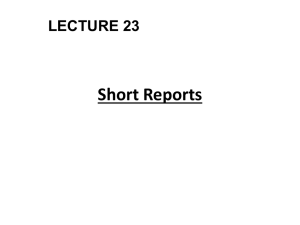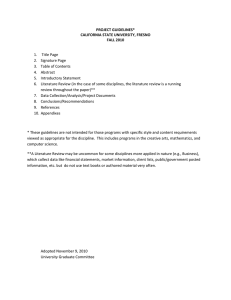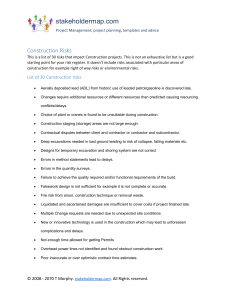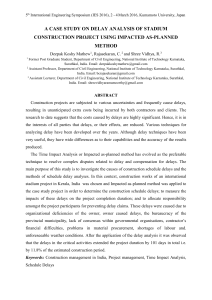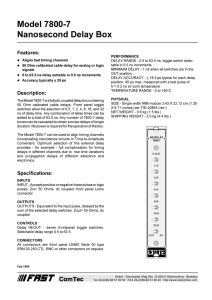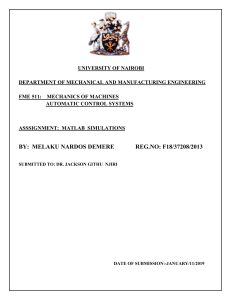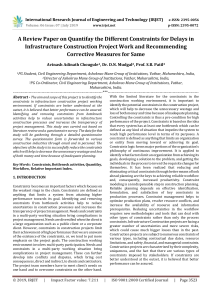Exercise 20-C: Case Study: Dealing With Team Conflict
advertisement
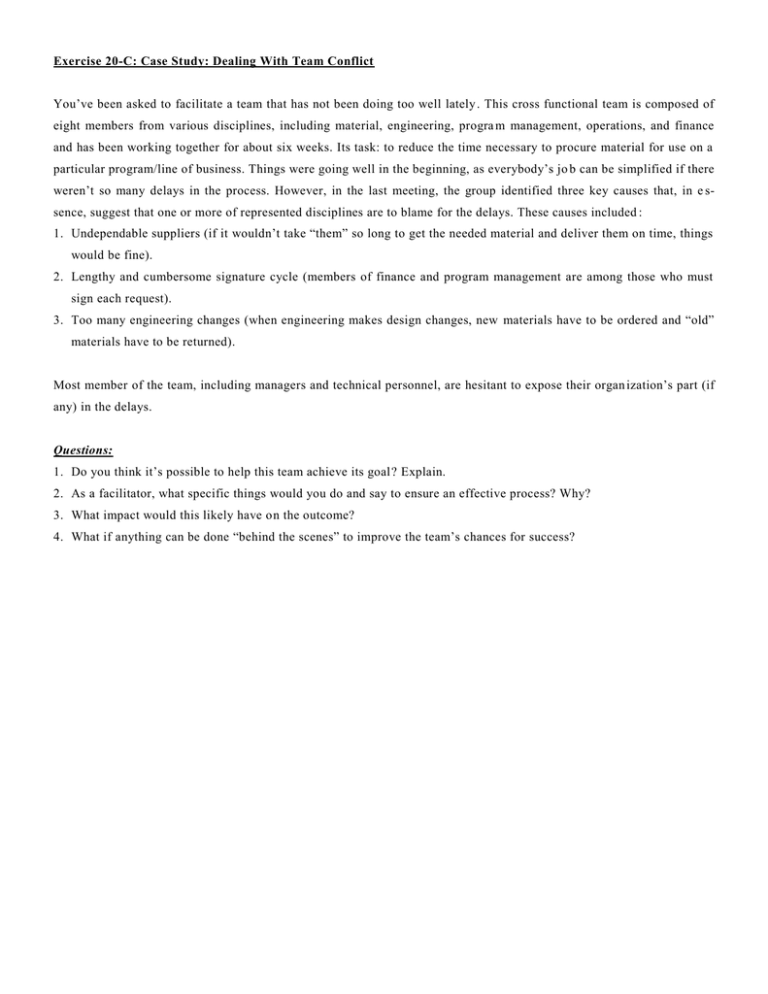
Exercise 20-C: Case Study: Dealing With Team Conflict You’ve been asked to facilitate a team that has not been doing too well lately . This cross functional team is composed of eight members from various disciplines, including material, engineering, progra m management, operations, and finance and has been working together for about six weeks. Its task: to reduce the time necessary to procure material for use on a particular program/line of business. Things were going well in the beginning, as everybody’s jo b can be simplified if there weren’t so many delays in the process. However, in the last meeting, the group identified three key causes that, in e ssence, suggest that one or more of represented disciplines are to blame for the delays. These causes included : 1. Undependable suppliers (if it wouldn’t take “them” so long to get the needed material and deliver them on time, things would be fine). 2. Lengthy and cumbersome signature cycle (members of finance and program management are among those who must sign each request). 3. Too many engineering changes (when engineering makes design changes, new materials have to be ordered and “old” materials have to be returned). Most member of the team, including managers and technical personnel, are hesitant to expose their organ ization’s part (if any) in the delays. Questions: 1. Do you think it’s possible to help this team achieve its goal? Explain. 2. As a facilitator, what specific things would you do and say to ensure an effective process? Why? 3. What impact would this likely have on the outcome? 4. What if anything can be done “behind the scenes” to improve the team’s chances for success?
